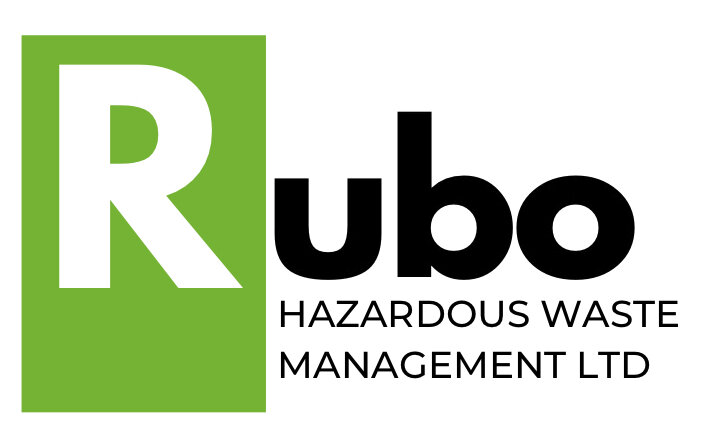Navigating UN Classification of Hazardous Materials in Hazardous Waste Management
In the realm of hazardous waste management, the safety of both people and the environment is paramount. The United Nations (UN) classification system for hazardous materials stands as a cornerstone in ensuring this safety. In this blog post, we embark on an enlightening journey to explore the UN classification of hazardous materials and its profound implications in the context of hazardous waste management.
Decoding the UN Classification System:
The UN classification system is a globally recognized framework that categorizes hazardous materials based on their intrinsic properties, potential risks, and the kind of harm they may cause. It's a standardized language that helps industries, authorities, and organizations understand and manage hazardous substances uniformly across borders.
The Intersection with Hazardous Waste:
When it comes to hazardous waste, the UN classification system takes on a transformative role. It assists in properly identifying the hazardous properties of waste, guiding proper handling, transport, and disposal. This ensures that waste is managed in a way that minimizes harm and adheres to international standards.
UN Classification Categories:
The UN system divides hazardous materials into several classes, each with its own set of hazard criteria. These categories encompass physical hazards (flammability, explosiveness, etc.) and health hazards (toxicity, corrosiveness, etc.), allowing waste management professionals to precisely understand the dangers associated with a substance.
Impacts on Hazardous Waste Management:
The UN classification system profoundly influences hazardous waste management practices. By providing a clear understanding of hazardous properties, waste managers can implement appropriate safety measures, choose suitable packaging, and ensure proper transportation and disposal.
Compliance and Regulation:
The UN classification system is the foundation upon which hazardous waste regulations are built. Adhering to the classification helps organizations comply with local, national, and international regulations, promoting safety, transparency, and accountability.
Best Practices in Application:
Accurate Identification: Thoroughly analyze waste to accurately determine its UN classification category.
Proper Handling: Apply handling protocols that align with the UN classification, ensuring safety at all stages.
Documentation: Accurate and consistent documentation is essential for regulatory compliance.
Our Commitment to Safety:
At Rubo - Hazardous Waste Management Ltd, we hold safety in the highest regard. Our team is well-versed in the UN classification system and its application in hazardous waste management. We prioritize the safety of our communities and the environment.
Seek Guidance and Support:
If you have questions about the UN classification of hazardous materials and its impact on hazardous waste management, feel free to reach out to us. Together, we can ensure the responsible and safe handling of hazardous waste for a greener and safer future.
